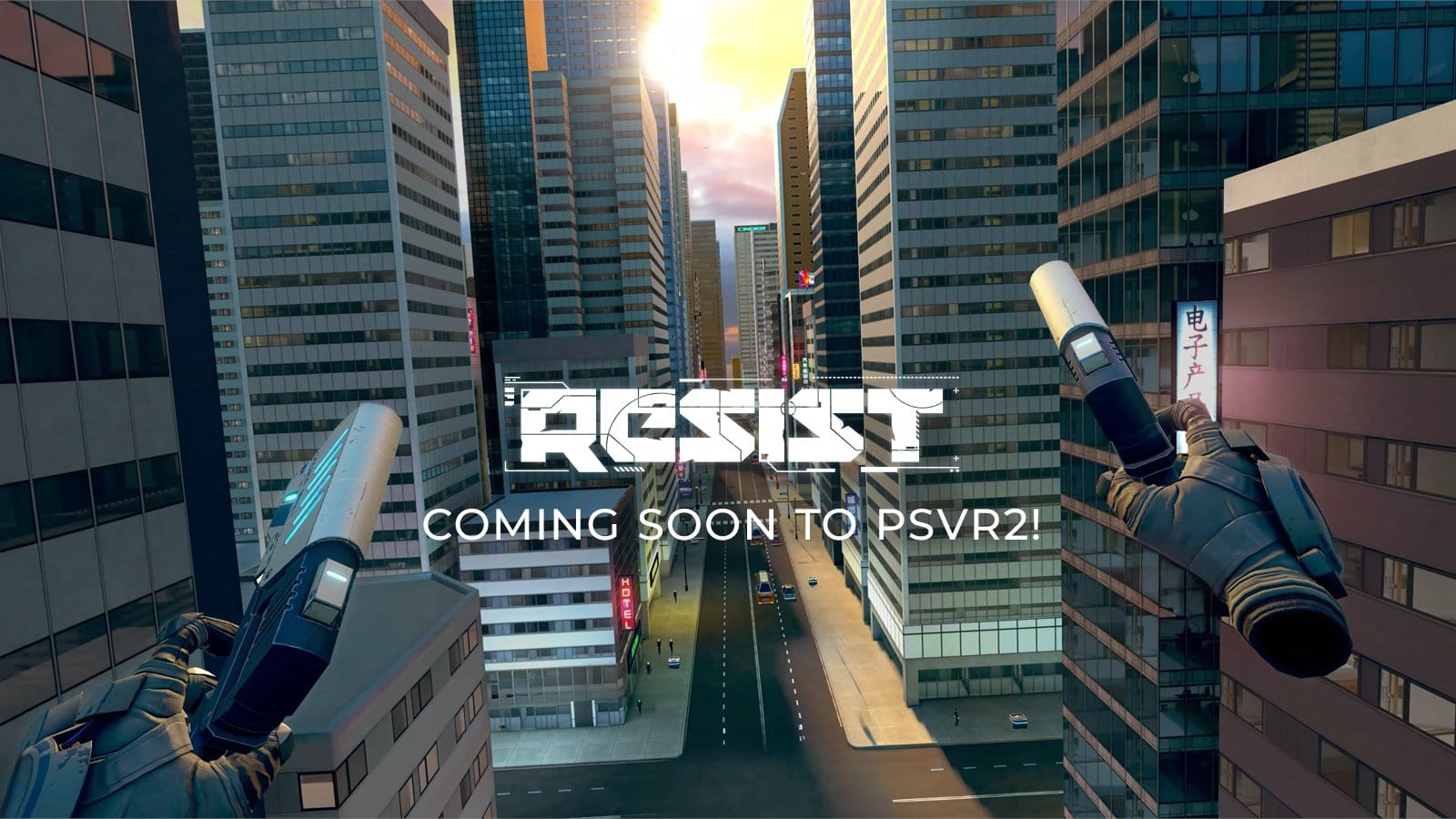AI Ambient Scribes Show Promise in Reducing Clinician Burnout, Research Reveals
What You Should Know: – A new report from the Peterson Health Technology Institute (PHTI) reveals that early adopters of AI-powered “ambient scribe” technology, designed to automate note-taking during patient appointments, are reporting significant potential in reducing clinician burnout. However, the financial impact of these tools remains unclear. – Ambient scribes utilize artificial intelligence to ... Read More


What You Should Know:
– A new report from the Peterson Health Technology Institute (PHTI) reveals that early adopters of AI-powered “ambient scribe” technology, designed to automate note-taking during patient appointments, are reporting significant potential in reducing clinician burnout. However, the financial impact of these tools remains unclear.
– Ambient scribes utilize artificial intelligence to convert patient-clinician conversations into EMR notes, aiming to alleviate the documentation burden without disrupting the natural flow of consultations. The technology is experiencing rapid adoption across hospitals and provider groups.
Expert Taskforce Explores Potential for AI-Enabled Technologies
PHTI’s research, based on interviews and convenings with health system leaders, AI companies, and industry experts, indicates that ambient scribes effectively reduce documentation time and cognitive load. However, a significant gap exists in understanding their impact on productivity and financial performance.
The report explores key considerations for purchasing, vendor selection, rollout, and measurement, recommending process, experience, financial, and quality metrics for providers. PHTI plans to develop an assessment framework for administrative technologies to guide future evaluations. Key findings from the report include:
– Reduced Burnout: Early adopters report potential for significant reduction in clinician documentation burden and cognitive load.
– Financial Uncertainty: Impact on productivity and financial performance requires further study.
– Improved Patient Experience: Potential for enhanced patient-clinician interaction.
– Rapid Adoption: Ambient scribe technology is being adopted at a rapid pace across healthcare systems.
– Need for Measurement: Health systems require clear metrics to evaluate the technology’s effectiveness.
“User experience and rigorous outcomes analysis are critical for getting any new technology right, especially one with such immense potential,” said Christopher Longhurst, MD, MS, chief clinical and innovation officer at UC San Diego Health. “Our health system started piloting ambient scribes within the last year, and the insights gleaned from PHTI’s AI Taskforce will help inform our decisions around broader implementation and measurement.”
Clinicians are optimistic about the technology’s potential to improve their work-life balance.
“Ambient scribe technology means that providers can focus on the patient during a visit instead of the computer and avoid the dreaded after-hours ‘pajama time’ catching up on documentation,” said Adam Landman, MD, MS, MIS, MHS, chief information officer at Mass General Brigham. “Ambient documentation has proven to be one of the most effective and impactful methods for enhancing the provider experience. As these technologies continue to evolve and incorporate new features, we remain committed to rigorously evaluating their safety and effectiveness to ensure they consistently serve as game changers for clinicians.”





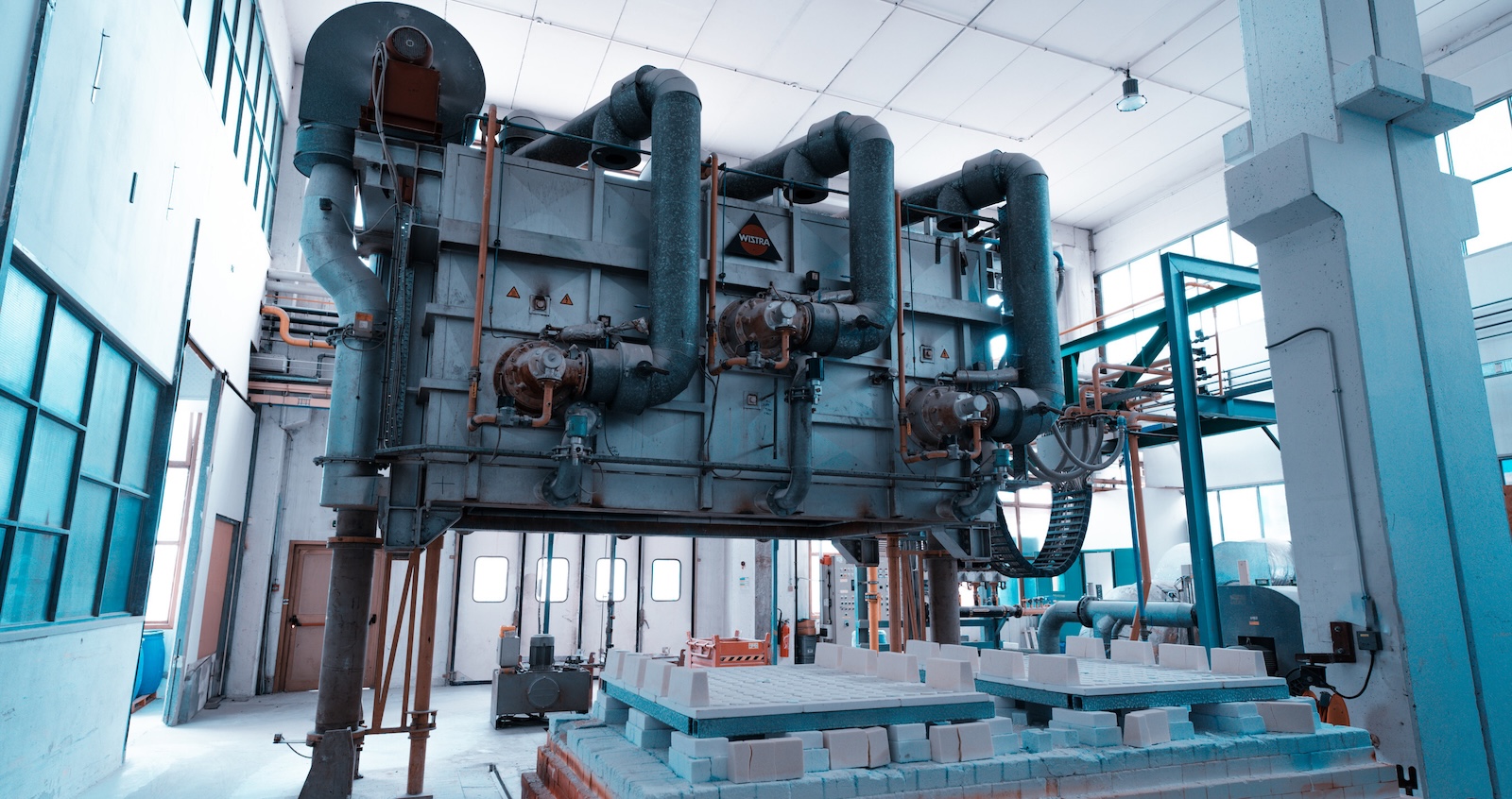




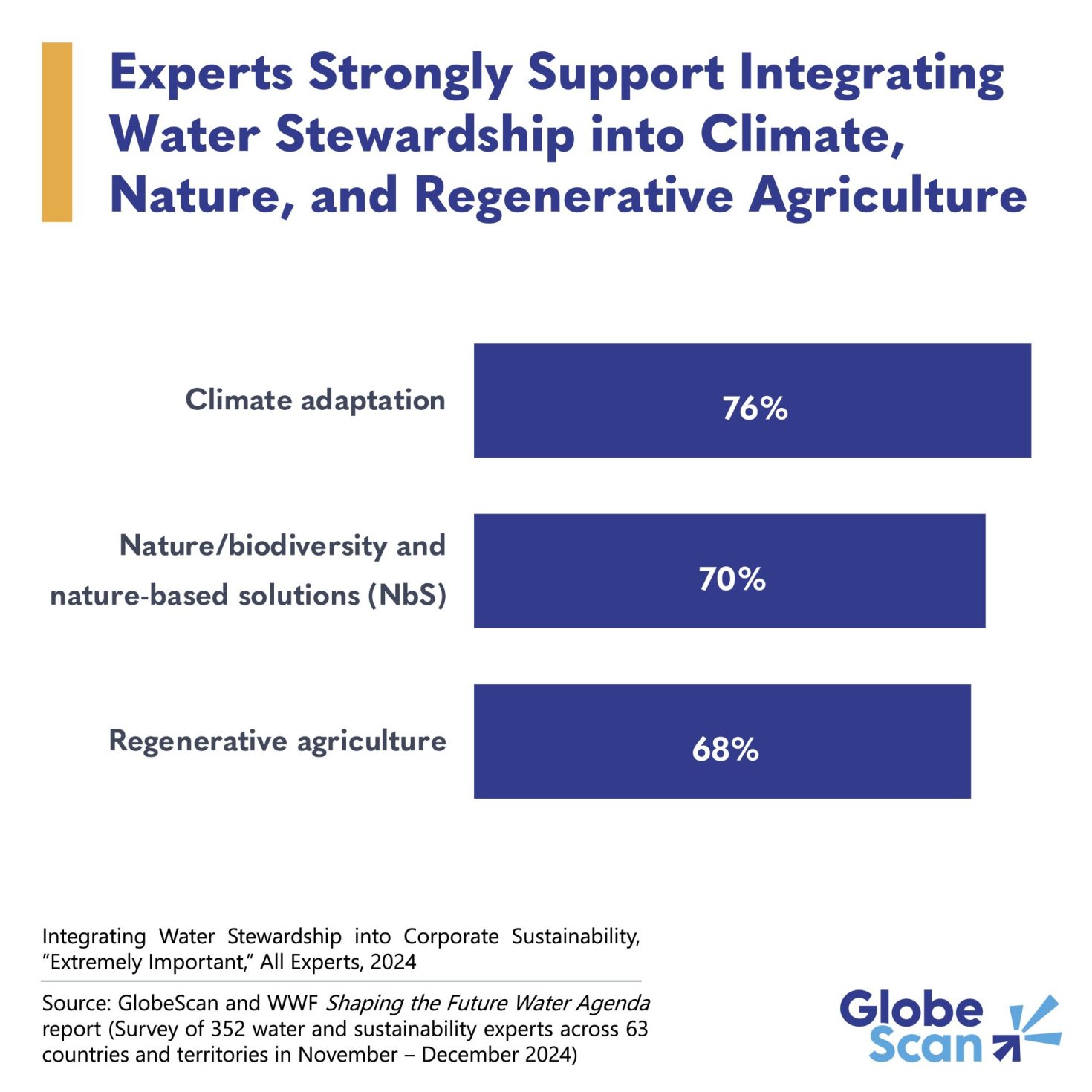

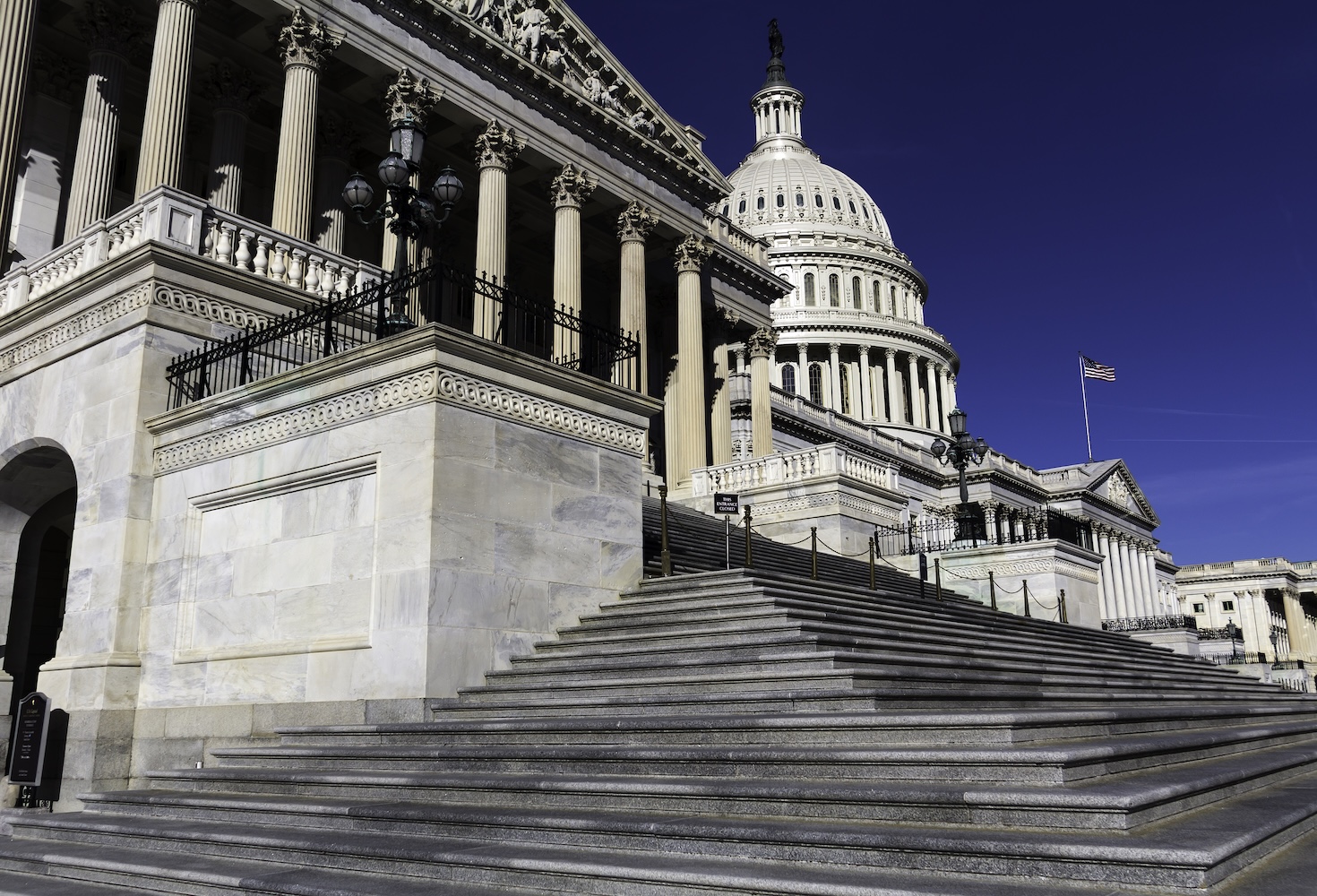

































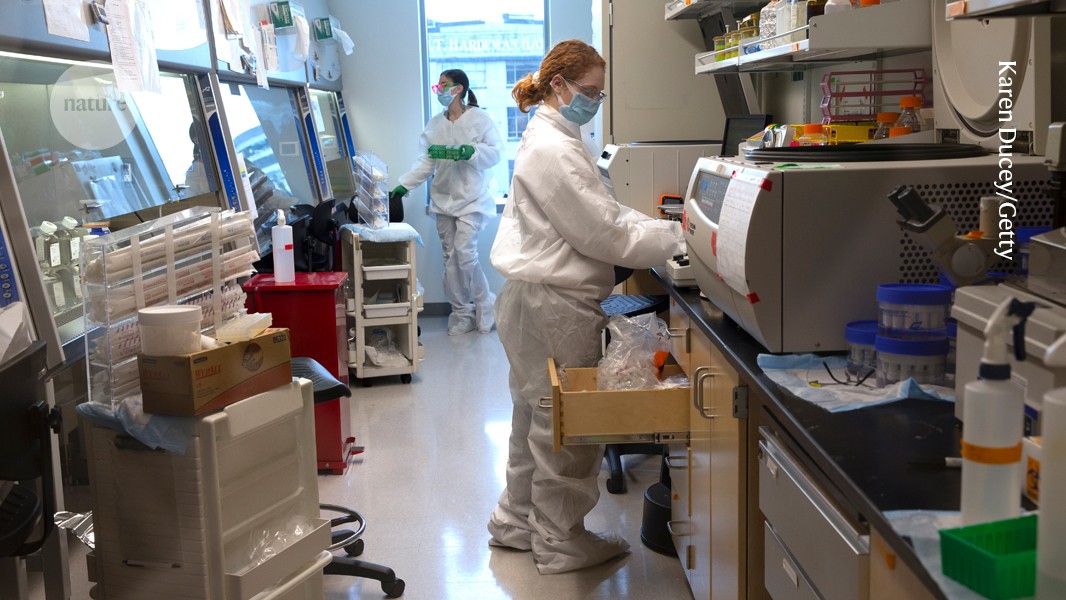




























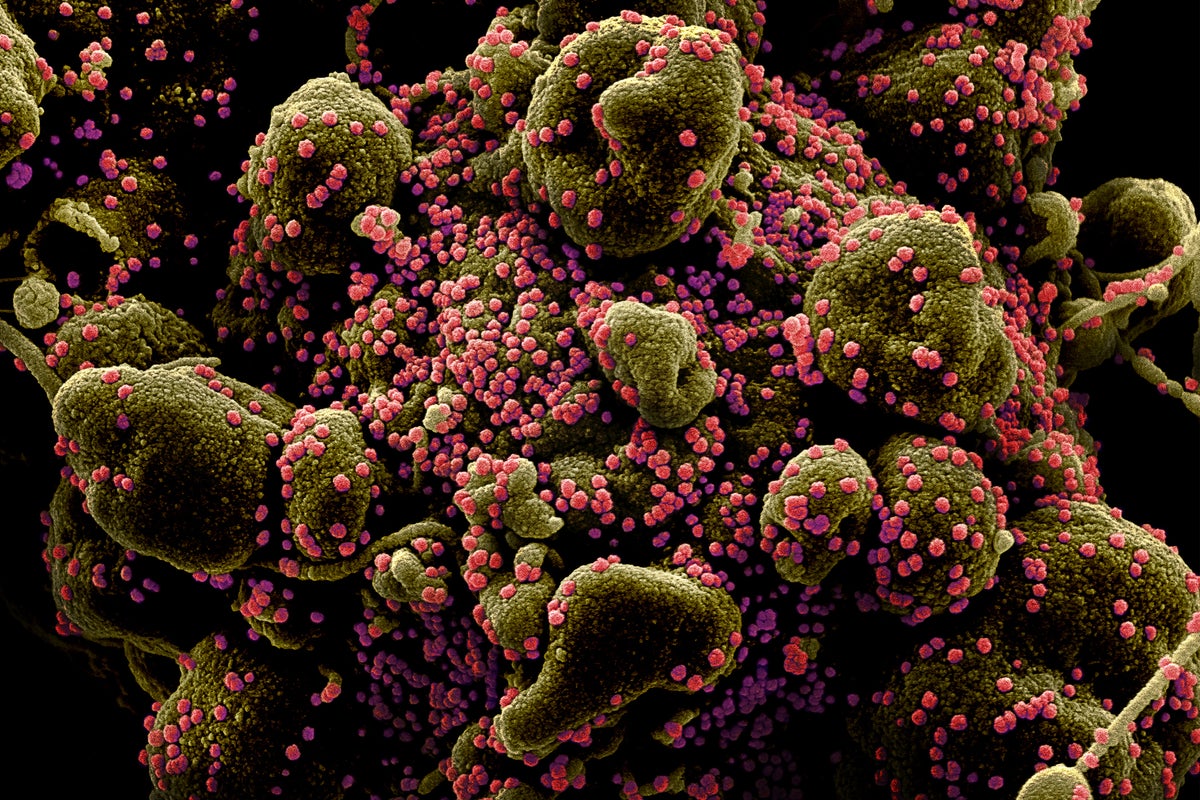
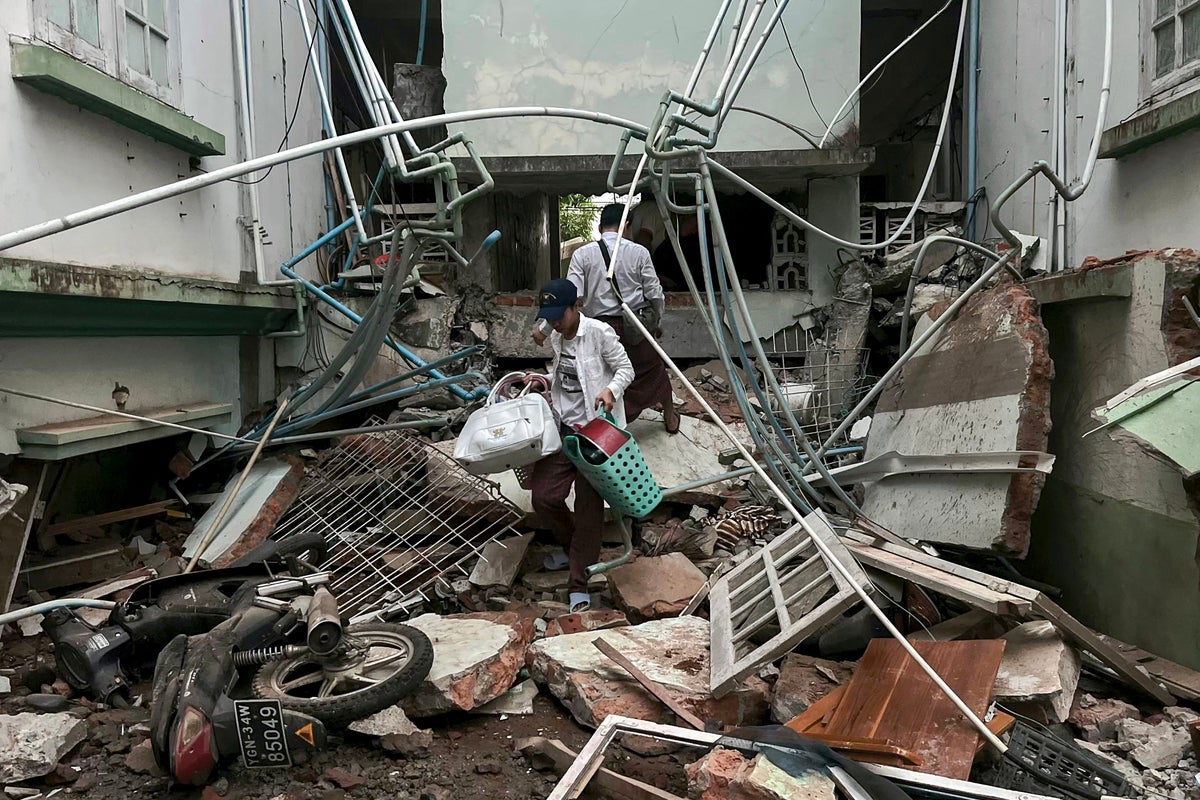
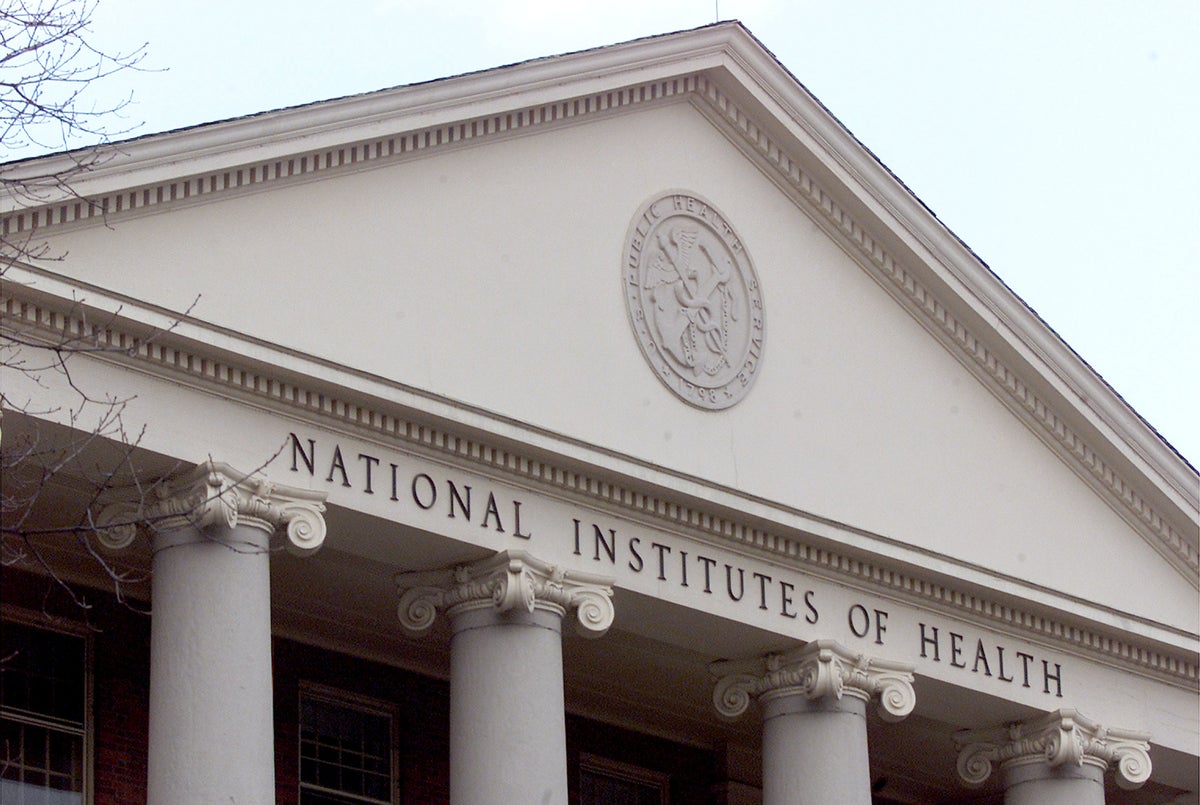









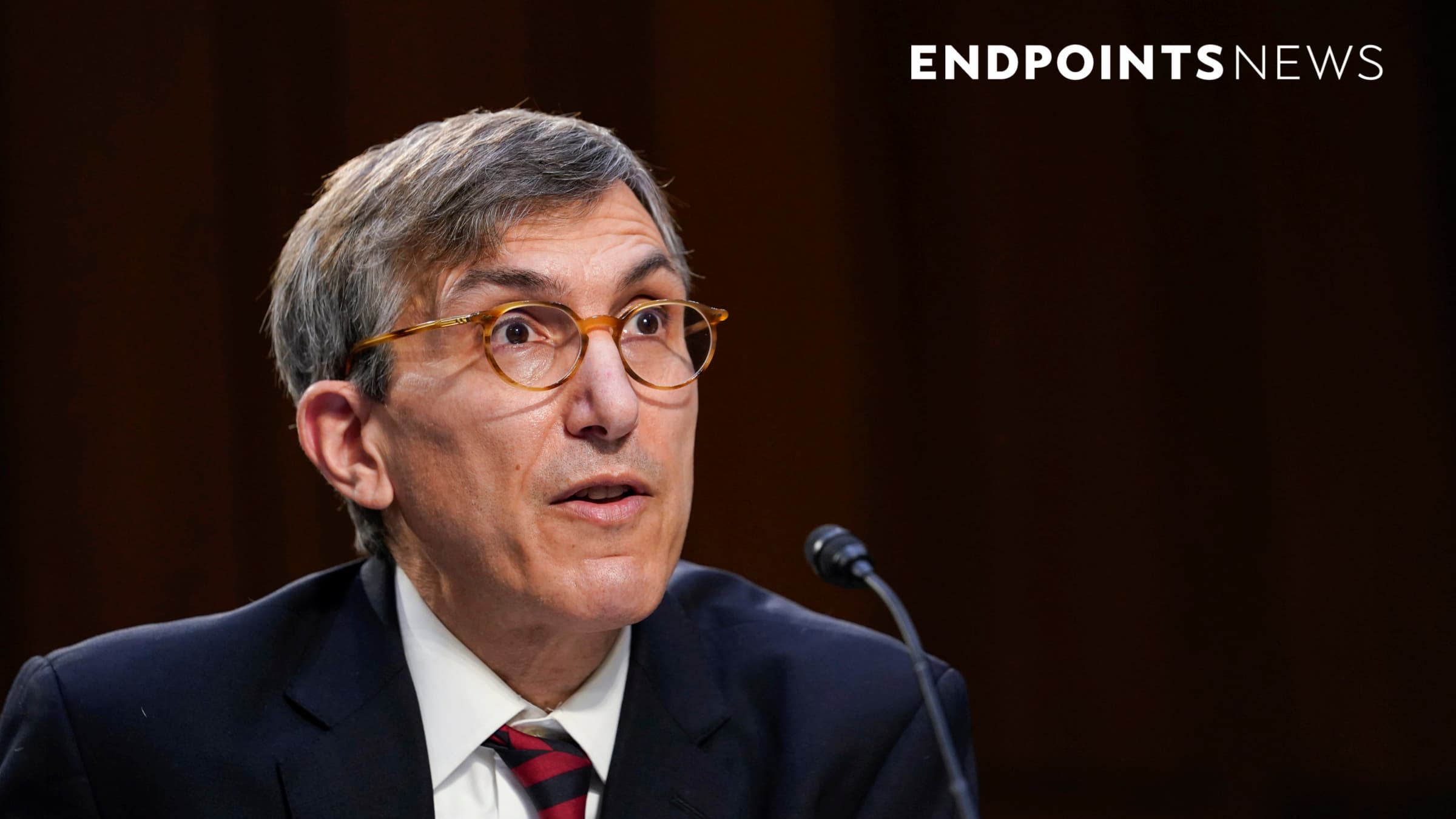
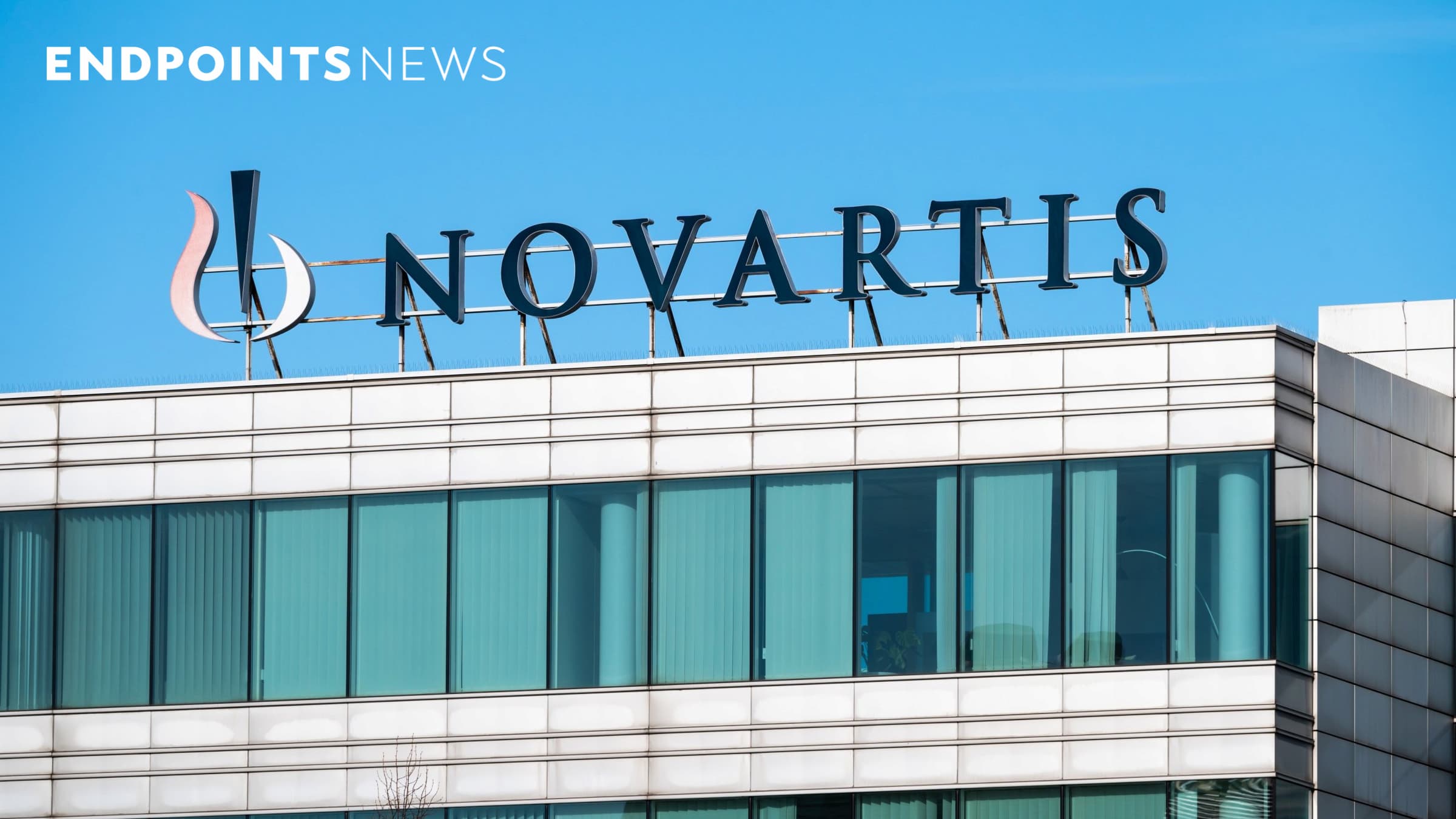


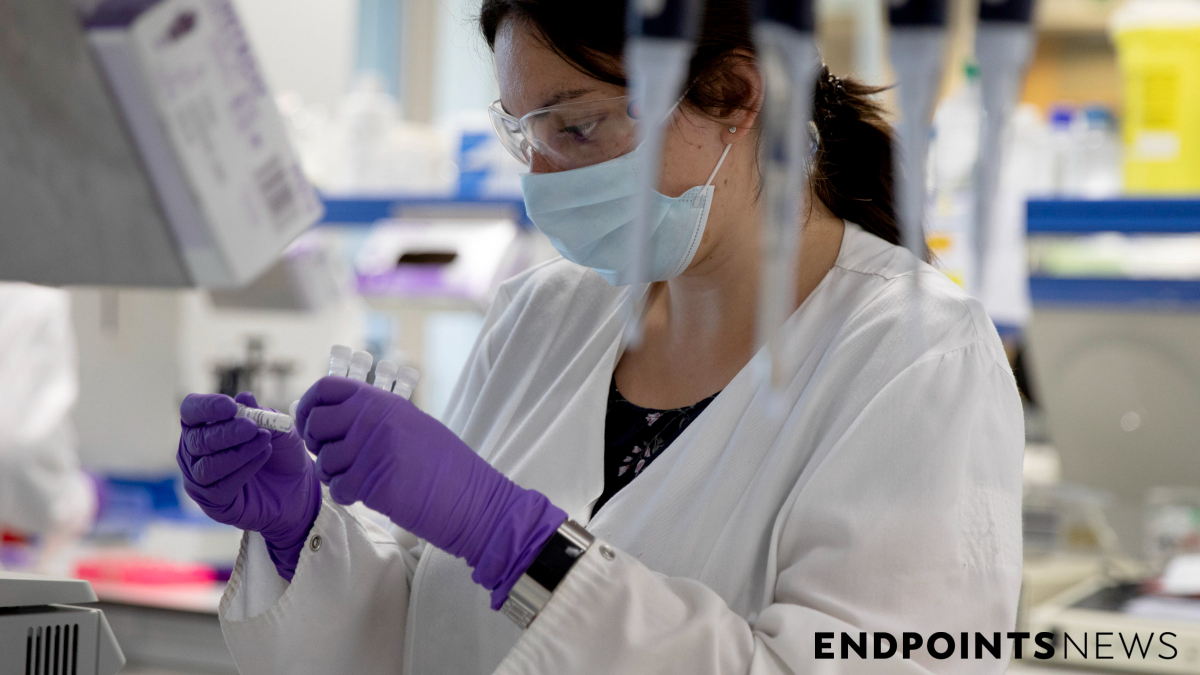

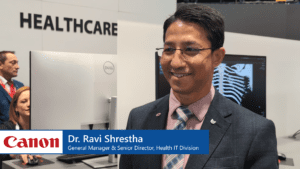

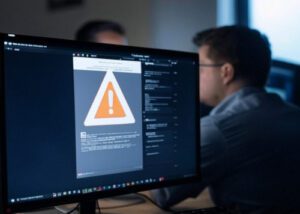

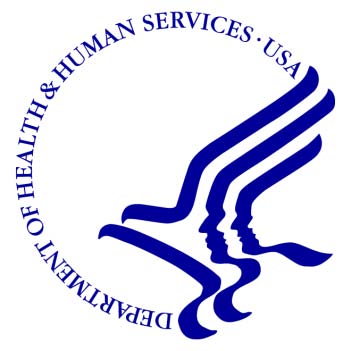





.jpg?#)






















